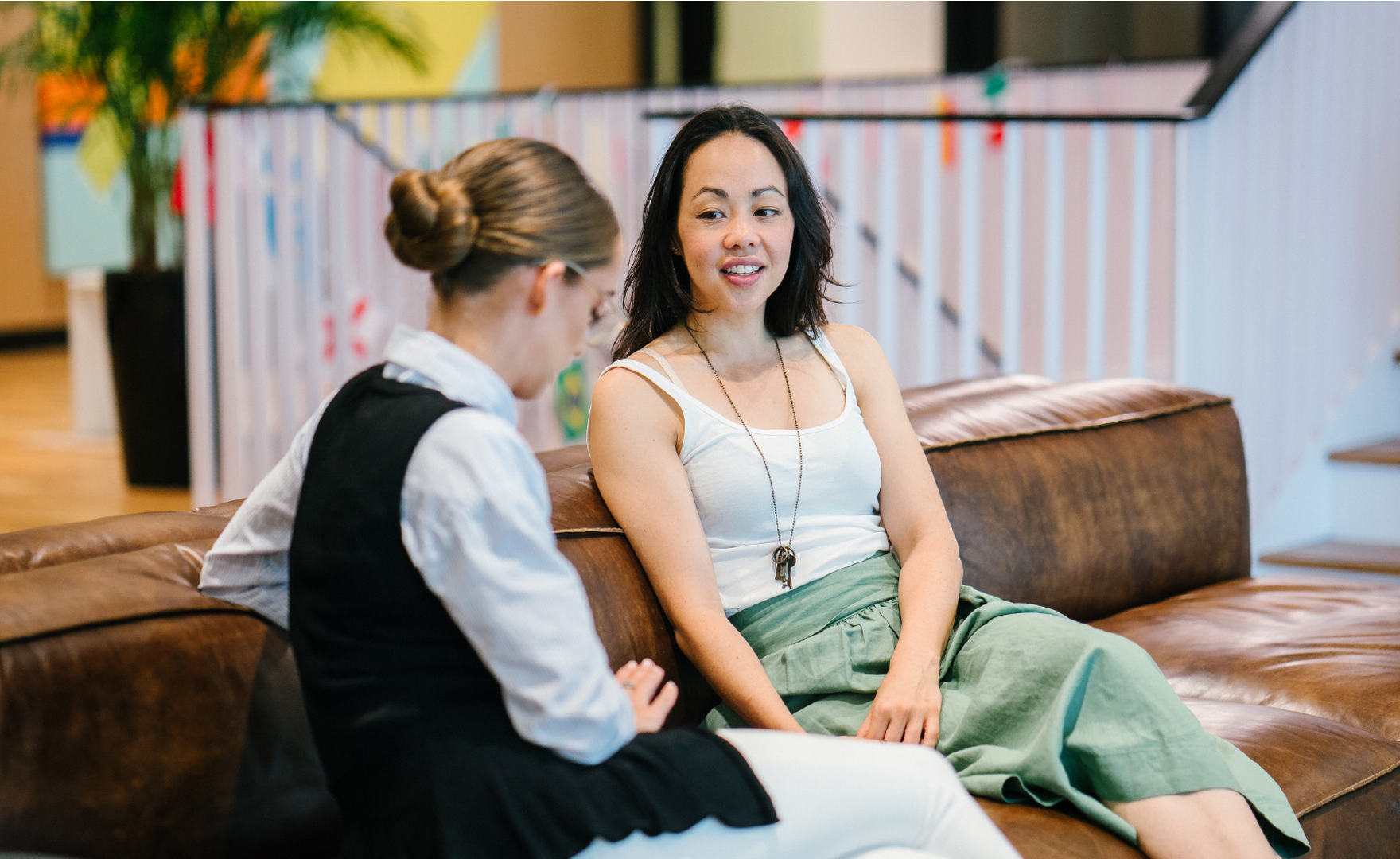Find out more about the Resilience Accreditation Programme.
How resilience coaching makes the difference: client case study
21st November by Jenny Campbell
Reading time 2 minutes

A resilience coach is not exactly the same as an executive coach. There are two main differences:
- A resilience coach is aware of the client’s resilience level which defines their capacity for change. This helps the resilience coach set expectations for themself and the client.
- Executive coaches have masses of options for the direction of coaching sessions. Resilience coaches can recognise the key resilience needs for the exact start point of the client.
Resilience is defined as our capacity for change and therefore is a priority for coaching.
Read this client story on the benefits of resilience coaching:
Our accredited resilience coach worked with a senior director in an academic institution considering a merger with another academic institution. The director had already led the division through a difficult period and needed to know how to build resilience at work while they faced the bigger issue of the merger. The context of the organisation was toxic due to many complex relational and board issues, and the need for resilience coaching was clear.
The institution faced a number of difficulties:
- Financial
- Industry changes
- Demotivated and stressed people as all areas were under heavy scrutiny
- Prevalent trust issues
- The client felt very responsible for ensuring that their division came out okay at the end of the merger.
Both the client and coach found the first resilience coaching session overwhelming because there were so many questions. Where to start the work?
From a resilience point of view it stood out that the client was incredibly tired so they had little capacity for change. The coach knew that energy was the key to unlock the client’s resilience. Identifying this as the first step changed everything for the client in the next year of work. The resilience coaching focused on Adaptive Capacity – part of the Resilience Engine® research model on how to build resilience. Energy, pacing and perspective were key. No business strategy was discussed without work on these fundamental workplace resilience factors.
One year on, the client had experienced many benefits from the resilience coaching work. They were caring for themselves better; they had entirely embraced their energy needs, and they were leading the merger conversation openly, wisely and with great clarity. The director’s goals for their people and organisation were being met as best as possible within such a complex situation.
The main benefit of the coaching was that the client had the sustained resilience to keep going and not just see the challenge as a short-term one. In fact, the coaching and the merger lasted a further two years!
Two years on from that difficult period, the client continues to talk about and invest in their resilience, truly believing in the impact it has. The client proactively takes time out to connect with their research interests, communicate widely and often with stakeholders, and most critically, they ensure good boundaries between work and home. In the day-to-day, they notice if they get hijacked by particular old issues or behavioural patterns and can interrupt these quickly. These are the long-lasting benefits of working with a resilience coach.
The Resilience Dynamic puts our resilience research in the safe hands of professional coaches, internal coaches and organisational development consultants through our Resilience Accreditation Programme. If you need to level up your own coaching practice or build an internal resilience coaching capability for your organisation, consider joining the yearly open programme.
Everything you need to know, including module information, key dates and the application form can be found via the link below.
Article
“Why am I such a loser!” – Time to change the narrative
22nd July 2024 by Karen Smart
The above is one of many horrible things I might say to myself on a bad day, or when I…
Article
Why every professional coach needs to be aware of systems thinking
22nd July 2024 by Lee Robertson
Plotting a course through the complexity, rapid change, uncertainty and overwhelm of today’s business climate requires a fundamental approach –…
Article
The rising importance of team coaching in modern workplaces
22nd July 2024 by Lee Robertson
Recent research, such as the Atlassian State of Teams 2024 report, reveals that teams are busier than ever but are…